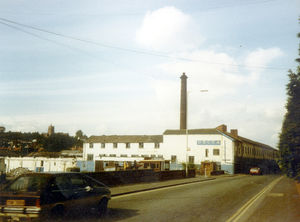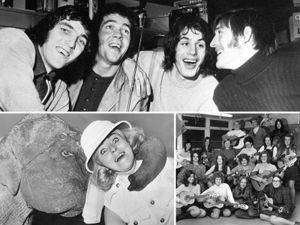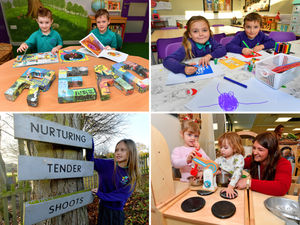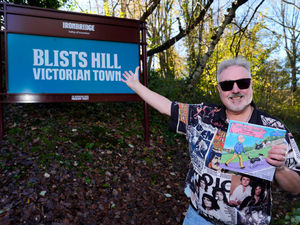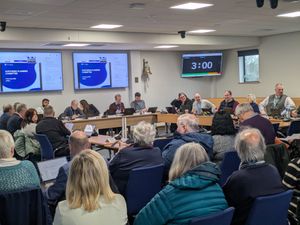How a Bridgnorth company helped win the Second World War
Only after the guns fell silent could Bridgnorth's role in winning one of the crucial battles of the Second World War be revealed.
It was the top secret boffins' war – a race to stay ahead in the field of hi-tech.
And at the end of it all the Bridgnorth workers who had played their part in giving Britain the lead in the field of radar were given an official pat on the back.
Sir Robert Renwick, from the Air Ministry and Ministry of Aircraft Production, wrote a letter of gratitude and appreciation "to you and all those employees of your company who have contributed to the production of the equipment and apparatus which has been of such vital importance to the successful operation of the Royal Air Force."
The company concerned was the Radio Gramophone Development Company, generally shortened to RGD, which had settled into the Pale Meadow Works in Bridgnorth in February 1941, and had done much important secret radar work.
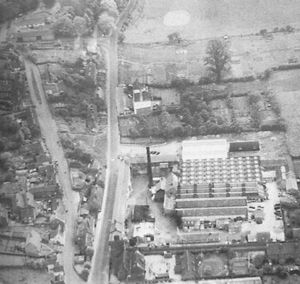
"You have every reason to be proud of having developed and produced such effective equipment as ground radar IFF (that is, identification, friend or foe) responders, Abdullah (a radar homing system), test equipment for Oboe (a navigation system), and trainers for GCI (ground controlled interception), which undoubtedly speeded our ultimate victory," added Sir Robert.
The lid was lifted on RGD's war story by an article in the Bridgnorth Journal of September 22, 1945, a few weeks after the most devastating hi-tech device of all, the atomic bomb, had brought the conflict to a sudden end.
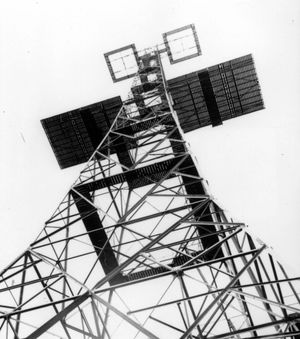
Radar was not the only thing RGD had contributed to the war effort. The company also turned out things like receivers and transmitters, including a large number of portable walkie-talkies, and airborne suppressors, to suppress radio interference with aircraft.
Its first job, the paper said, had been to develop and manufacture a special type of trainer which generated synthetic air raids and was used for training RAF personnel in using radar. It helped save the RAF 50 million gallons of petrol, to say nothing of aircraft and crews, which were replaced by signals generated by the trainer, which took the place of actual aircraft flying around.
"At the peak of capacity the RGD had 660 employees, and the average during the war years was 550, including parties from Highley, Broseley, Ironbridge, and other places," it added.
The firm's general manager at the time was one C D Wetton.
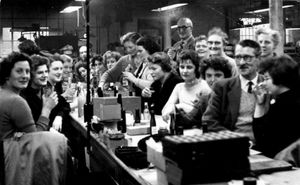
After the war the company moved to more peaceable applications of hi-tech, making radios and televisions. The factory was sold by RGD in 1952 to the Automatic Telephone and Electrical Company – that is, A T & E – which merged with Plessey in about 1964, and subsequently in 1968 became Decca, and later still was taken over by the Taiwanese electronics giant, Tatung.
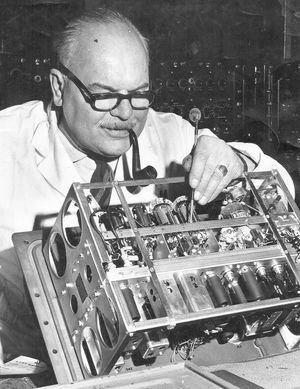
However it was announced in October 1984 that Bridgnorth's biggest employer was pulling out lock, stock, and barrel, to move to Telford, and the move was made soon afterwards.
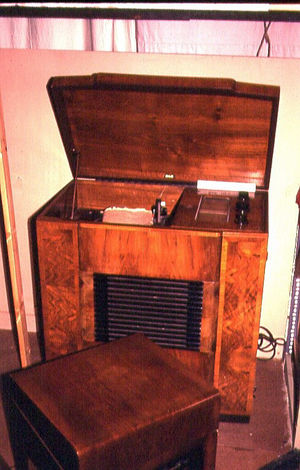
Subsequently the Bridgnorth factory which had played such a key wartime role was demolished and the site became a housing estate.
